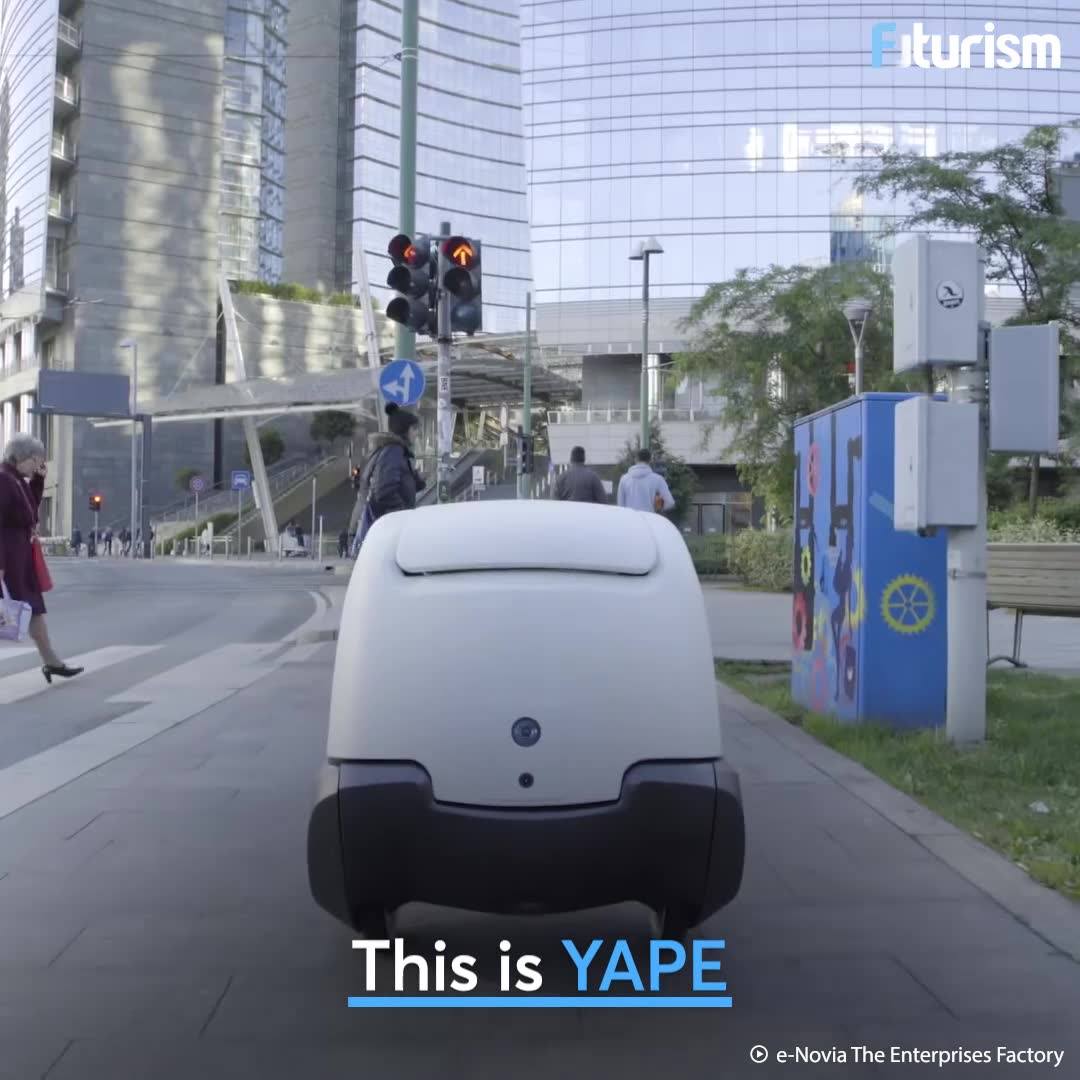“Yesterday (Jan. 28), 23 African countries launched the Single African Air Transport Market (SAATM) initiative by the African Union (AU). ”


“Yesterday (Jan. 28), 23 African countries launched the Single African Air Transport Market (SAATM) initiative by the African Union (AU). ”

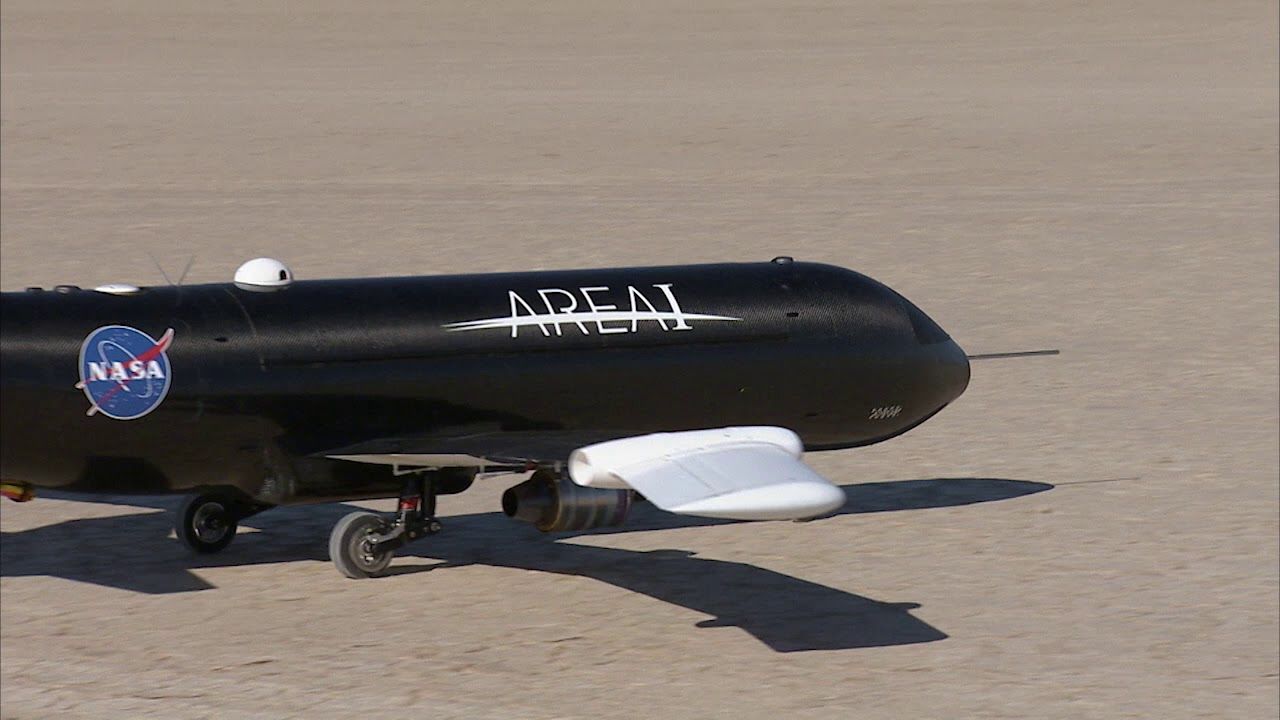
Planes that can fold their wings to different angles while in the air have the potential to fly faster than their peers, and NASA has recently made headway into their development. The space agency has conducted a series of test flights proving that it can control the wings it designed to move into any position and that they have aerodynamic benefits. While the technology has existed for a long time, it typically requires the use of heavy hydraulic systems. NASA’s version doesn’t need that kind of machinery: it relies on the properties of a temperature-activated material called shape memory alloy instead. Upon being heated, the alloy activates a twisting motion in the tubes serving as the wings’ actuator, moving the wings’ outer portion up to 70 degrees upwards or downwards.
The foldable wings will give typical planes like commercial airliners a way to adapt to different flight conditions. They can give pilots more control over their aircraft and could even lead to more fuel efficient flights. Planes designed to fly at supersonic speeds (faster than the speed of sound), however, will get more out of this technology.
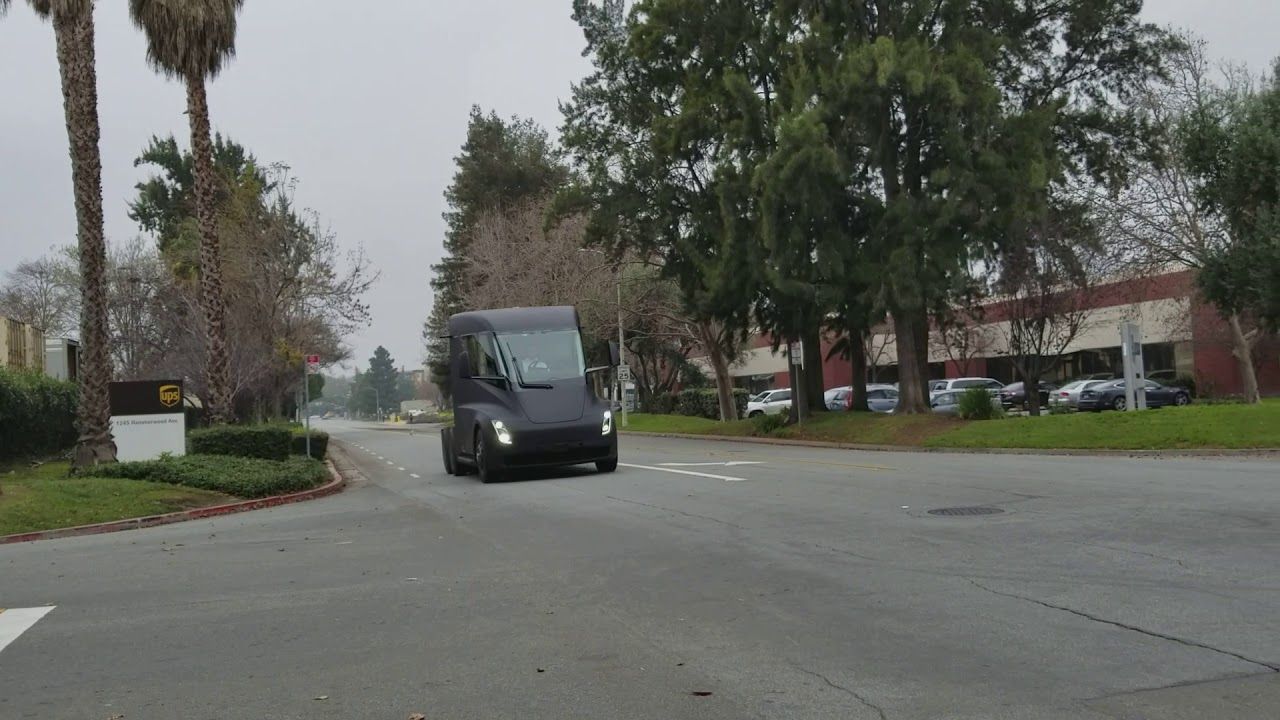
Tesla has managed to ship several high-end electric vehicles to consumers, but commercial trucking is the company’s next big move. After showing off its design for an electric semi truck, the company has been working on an aggressive release schedule. However, the vehicle hasn’t been spotted in real life until now. A video uploaded to YouTube shows Tesla’s sleek electric semi cruising down a road in California.
There are few details to glean from this short clip (below). The original prototype trucks Tesla unveiled several months back did not have side mirrors, leading some to suspect Tesla had some fancy alternative in mind. The truck just spotted in the wild does have mirrors, though. That’s necessary for it to be street-legal, so Tesla probably just omitted the mirrors for the announcement to make the truck look cooler.
As you can see in the video, the front of the semi is narrower than standard diesel trucks. It doesn’t need a giant engine, and the cab is slightly smaller with a centered driver’s seat. It’s vastly quieter than a regular semi as well. The truck doesn’t even drown out other road noise as it passes the camera. There’s someone behind the wheel of the truck, but Tesla is touting the autopilot features of the vehicle. Although, many have pointed out Tesla’s self-driving tech is far behind the curve.

Robots can walk, talk, run a hotel … and are entirely stumped by a doorknob. Or a mailbox. Or a dirty bathtub—zzzzt, dead. Sure, the SpotMini, a doglike domestic helper from Boston Dynamics, can climb stairs, but it struggles to reliably hand over a can of soda. That’s why some roboticists think the field needs to flip its perspective. “There are two approaches to building robots,” says Maya Cakmak, a researcher at the University of Washington. “Make the robot more humanlike to handle the environment, or design the environment to make it a better fit for the robot.” Cakmak pursues the latter, and to do that, she studies so-called universal design—the ways in which buildings and products are constructed for older people or those with disabilities. Robot can’t handle the twisting staircase? Put in a ramp. As for that pesky doorknob? Make entryways motion-activated. If you want droids at your beck and call someday, start thinking about robo-fitting your digs now.
1. Wide-Open Floor Plan Any serious sans-human housekeeping needs a wheeled robotic butler with arms, Cakmak says. That means fewer steps, plus hallways wide enough for U-turns. Oh, and hardwood floors. Thick carpeting slows a bot’s roll.
2. Visual Waypoints Factory robots work so fast in part because their world is highly structured—conveyor belt here, truck over there. So for your robo-home, create landmarks that anchor the bots in space—a prominent light fixture, say, that tells them, “You’re in the dining room.” (RFID tags will help bots locate smaller objects, like cleaning supplies.)
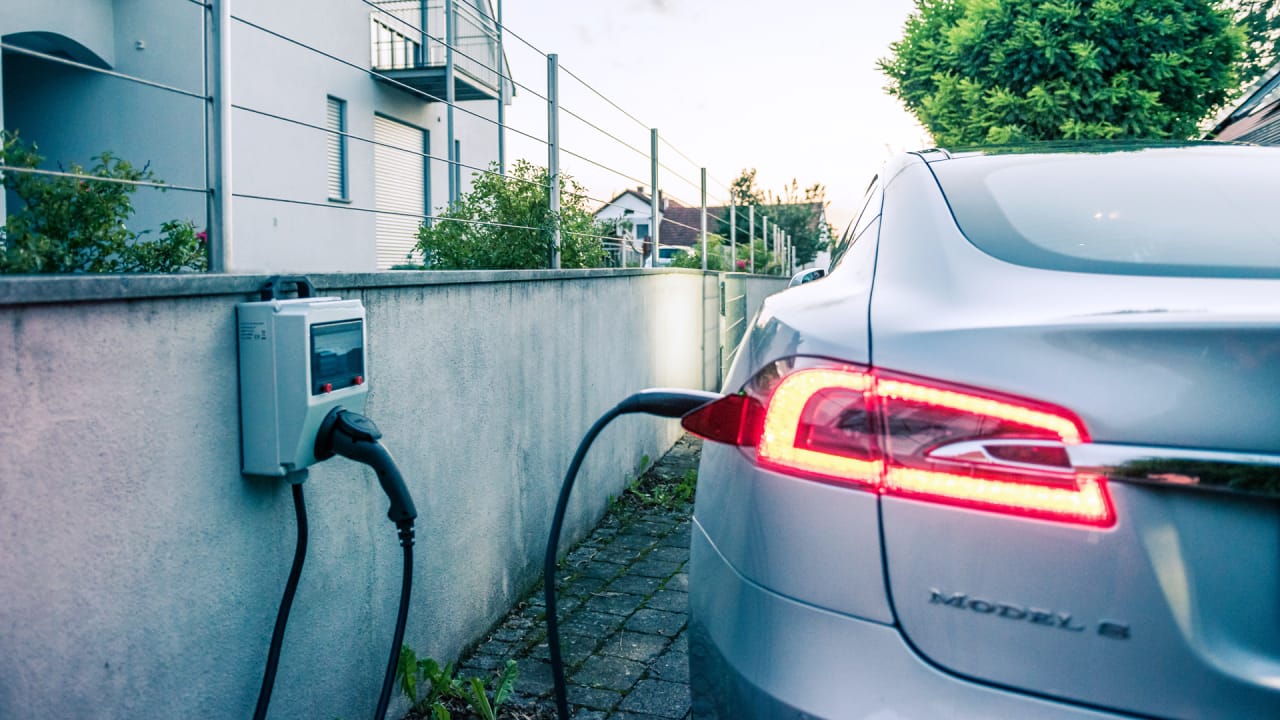
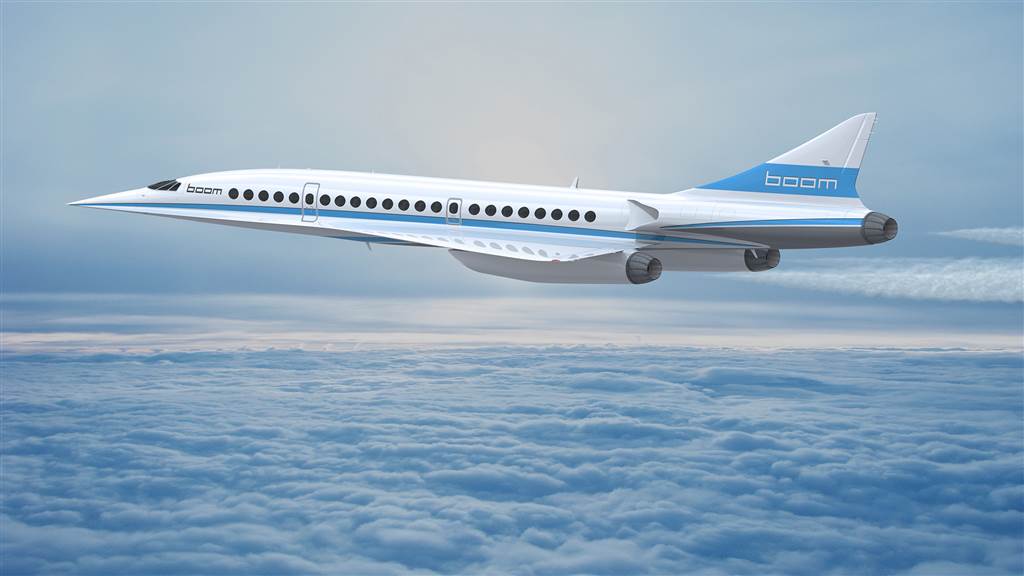
SUPERSONIC FLIGHT’S ROCKY PAST
We are one step closer to an affordable reboot of supersonic flight. Japan Airlines (JAL) has invested $10 million in the Denver-based aerospace company, Boom Supersonic, that’s planning to resurrect the method of travel. In exchange for their funding, JAL will be able to pre-order 20 of the new aircraft. The airline’s president, Yoshiharu Ueki, said in a press release from December 5: “Through this partnership, we hope to contribute to the future of supersonic flight with the intent of providing more time to our valued passengers while emphasizing flight safety.”
It’s been 14 years since British Airways and Air France grounded their Concorde fleets, and commercial air travel hasn’t hit supersonic speeds since. Fourteen of these planes ferried first-class passengers from New York to London at speeds of 1,353 mph (2177.44 kph) — twice as fast as the speed of sound — making the jaunt across the pond in only 3.5 hours. That’s about half the time it takes a normal passenger plane to cross the Atlantic Ocean.
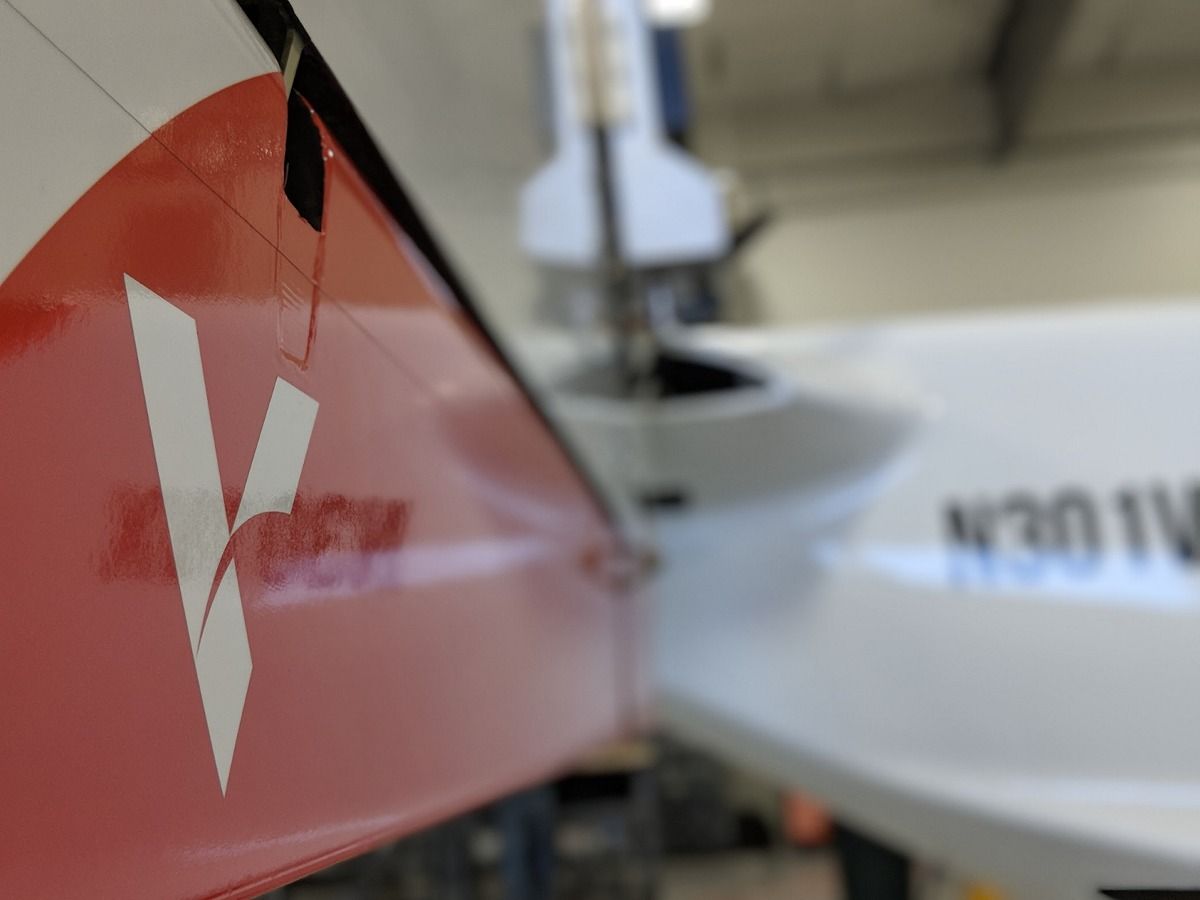
It’s a new year and we have exciting updates to share on our progress at Vahana over the past few months. We all knew that designing and building this revolutionary vehicle would take time, ingenuity, and the perfect combination of patience and hustle from all parties involved. In addition to our brilliant team, we’re lucky to have incredibly reliable partners and the extended Airbus family, which has played a great role in getting Vahana to a crucial project milestone: flight tests.
In less than two years, Vahana has gone from a sketch on a napkin to a full size vehicle about to undertake its first round of flight testing. In the pursuit of vehicle and personal safety, we decided to slightly delay our original goal of having Vahana accomplish its first flight in 2017. By the last quarter of 2017, the team initiated ground testing, which included powering up all motors, and we’re excited to announce that all ground test points have been completed. We’re targeting this quarter (Q1 2018) for Vahana to take to the sky at the UAS flight range in Pendleton, OR.
We’re grateful to all our partners for their understanding that the success of our project is tethered to working within unrealistic timescales. Yet amongst all of our goals we are fiercely realistic when it comes to pursuing the developing air vehicles that will be safe, reliable, and certified for human flight. We’d rather experience a minor delay now than unduly compromise our long-term development plan.
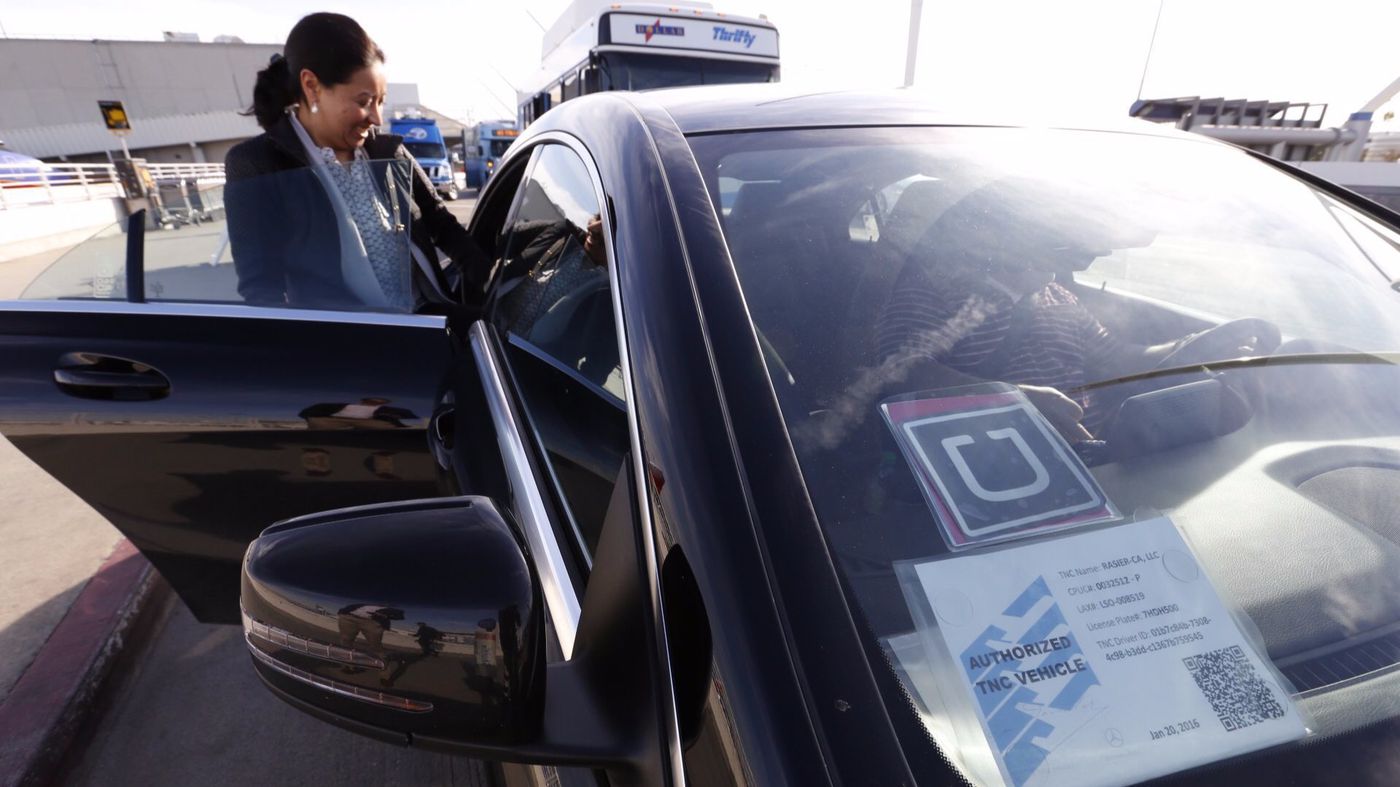
““Every Uber driver, as far as I can see, gets a benefit,” said Edward Kleinbard, a USC professor and former chief of staff to Congress’ Joint Committee on Taxation.”
